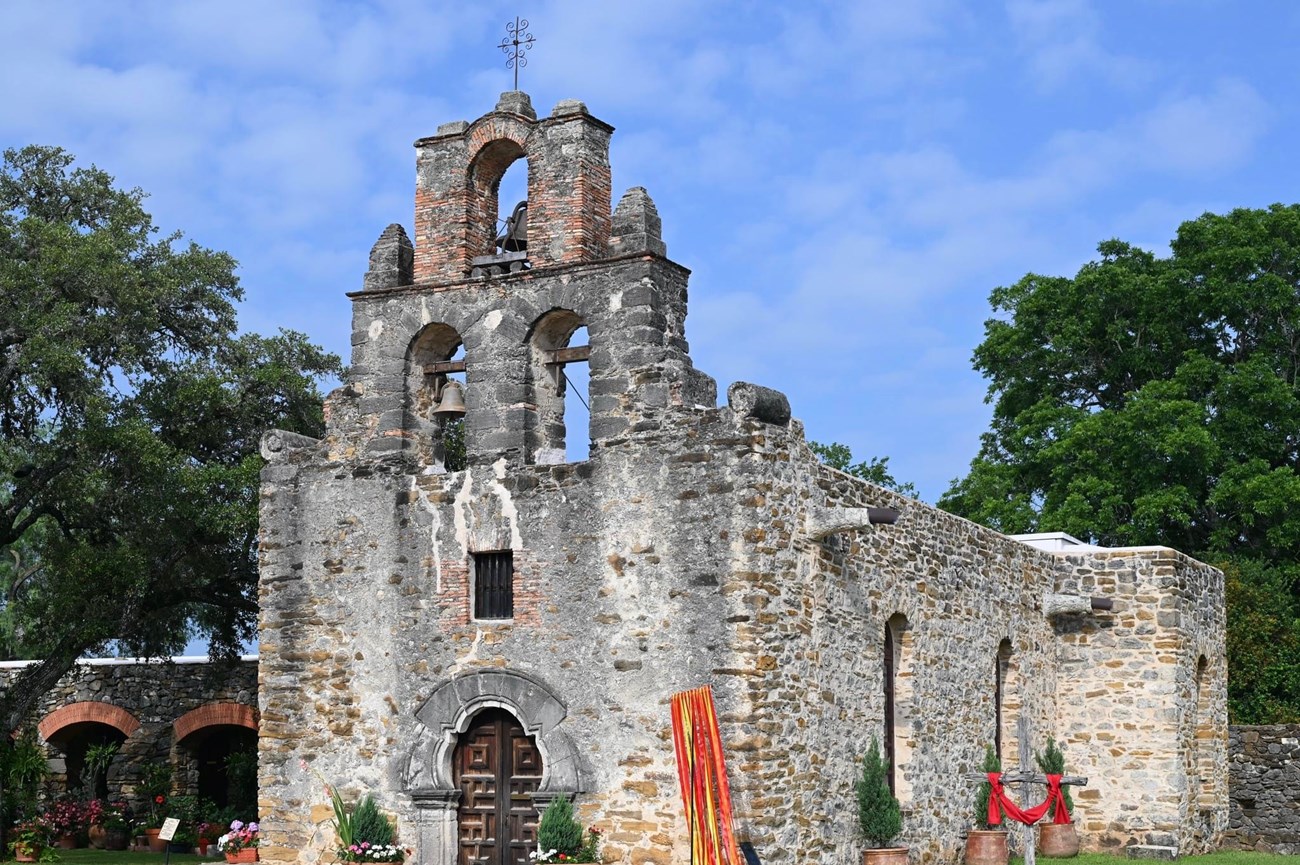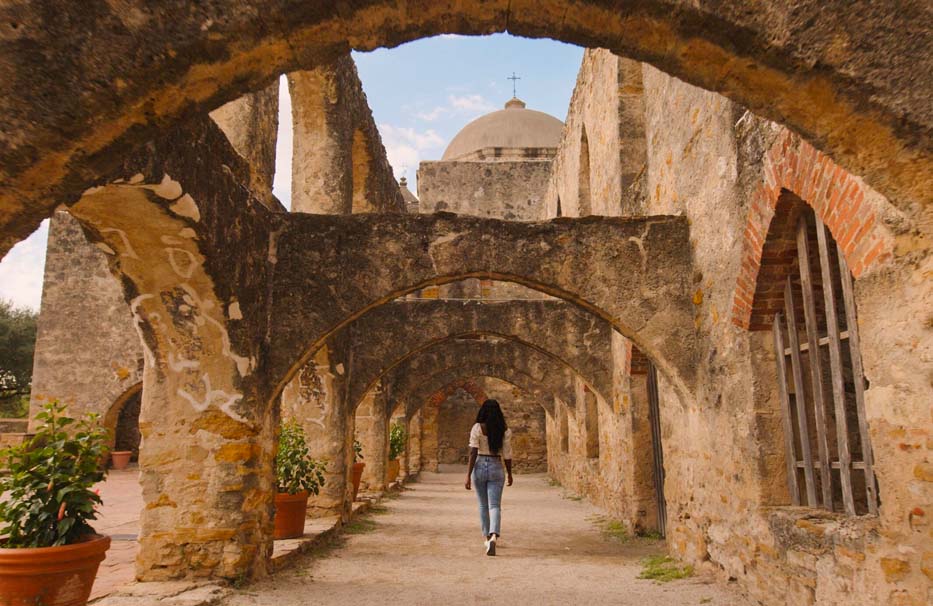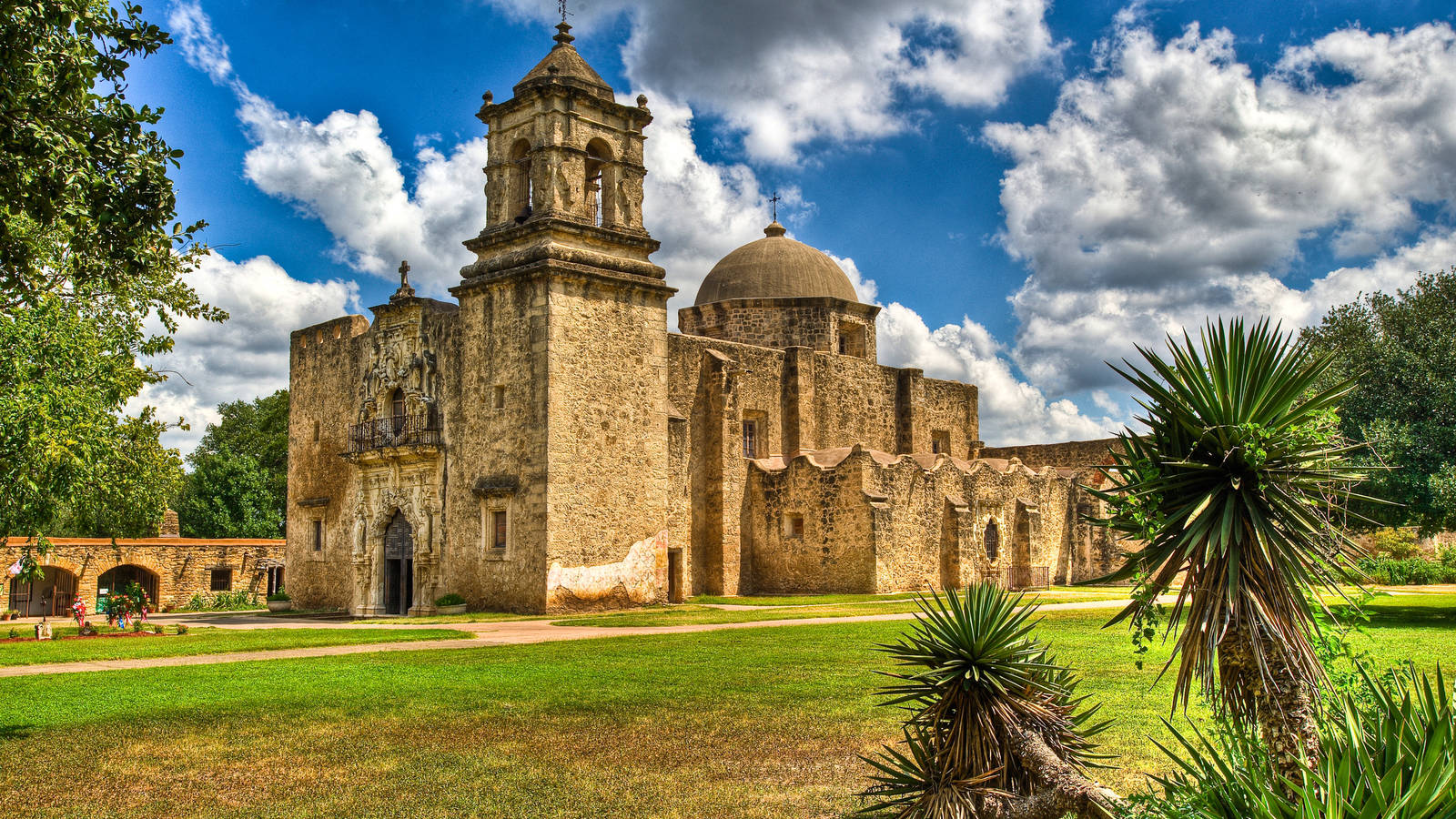Reveal the San Antonio Missions National Historical Park History: A Trip Via Time
Reveal the San Antonio Missions National Historical Park History: A Trip Via Time
Blog Article
Discover the Rich Background of San Antonio Missions National Historical Park: a Comprehensive Guide to Its Cultural Relevance and Preservation Efforts
San Antonio Missions National Historical Park stands as a testimony to a lost era, encapsulating a rich tapestry of history and cultural value. As we start a trip through the historic history of these goals, we uncover architectural wonders that have actually stood up to the examination of time. Past the plain physical structures, each objective, especially Mission Espada, lugs a profound cultural weight that reverberates deeply with those who explore its premises. Further delving right into the conservation efforts and obstacles dealt with by the park exposes a complicated interplay in between background, preservation, and area involvement. The tale of San Antonio Missions National Historical Park is not merely about the past; it is a living narrative that remains to unravel, inviting us to contemplate its enduring heritage and the ongoing initiatives to safeguard its heritage.
Historic Background of San Antonio Missions
The origins of the historic history of the San Antonio Missions run deep, linking Spanish early american impact with aboriginal cultures in the South Texas region. Developed in the early 18th century, these goals were started by Franciscan friars with the function of spreading out Christianity and transforming the regional indigenous populaces. San Antonio Missions National Historical Park hours. The Spanish Crown supported these goals as a way of solidifying control over the region and expanding their impact in the New World
The Spanish missionaries played a significant role in forming the cultural landscape of the region, introducing new farming methods, architecture, and religious methods. The aboriginal areas, such as the Coahuiltecans and various other people, interacted with the Spanish settlers, resulting in a mixing of beliefs and practices.
Gradually, the goals came to be not only spiritual centers yet social and likewise financial centers, attracting settlers from various backgrounds. Today, the San Antonio Goals stand as a testimony to this intricate background, reflecting the withstanding tradition of Spanish manifest destiny and the durability of indigenous societies in South Texas.
Architectural Wonders of the Goals
Having laid the structure of cultural exchange in between Spanish promoters and aboriginal neighborhoods, the building marvels of the San Antonio Missions exhibit a mix of European and aboriginal workmanship that continues to mesmerize visitors. These goals, including Mission San Jose, Objective Concepcion, Objective San Juan, Goal Espada, and the Alamo, showcase distinguishing characteristics such as ornate exteriors, elaborate carvings, colorful frescoes, and durable stone walls. The Spanish Colonial style, characterized by arched entrances, belfry, and sizable yards, shows an unified combination of Spanish layout components with indigenous building methods.
Each objective within the San Antonio Missions National Historic Park informs a special tale through its architecture, showing the advancement of building and construction designs and cultural influences with time. Visitors can admire the competent workmanship evident in the detailed stonework, hand-carved wood doors, and spiritual iconography adorning the insides. These architectural work of arts stand as enduring testimonies to the enduring legacy of the missions and the social heritage they represent.
Cultural Relevance of Goal Espada
With its historic origins deeply intertwined with the aboriginal cultures of the region, Objective Espada stands as a symbol of social durability and adaptation within the San Antonio Missions National Historical Park. Established in 1690, Goal Espada was developed by Spanish Franciscans as a way to spread Christianity among the Coahuiltecan people while likewise working as a facility for agriculture and industry. The objective's social significance hinges on its duty as a meeting point in between Indigenous and european American customs, resulting in an unique blend of architectural designs, spiritual methods, and farming methods.
Objective Espada's legendary aqueduct, referred to as "Acequia de Espada," is a testimony to the engineering skills of both Indigenous and spanish individuals, showcasing their partnership in building crucial waterways for irrigation purposes. This harmonious combination of social impacts is further exemplified in the objective's complex carvings, vibrant frescoes, and religious ceremonies that proceed to be exercised to now. As one of the earliest unrestored stone churches in America, Goal Espada stands as a living testament to the enduring heritage of cultural exchange and adaptation that specifies the San Antonio Missions National Historic Park.
Preservation Efforts and Difficulties
Conservation in keeping the historical integrity of Goal Espada comes across a myriad of intricate obstacles that need cutting-edge solutions and devoted stewardship. As one of the five missions within the San Antonio Missions National Historic Park, Objective Espada deals with preservation issues coming from ecological aspects, urban advancement, and the recurring fight against check that natural damage. The fragile equilibrium between preserving the original frameworks and guaranteeing visitor gain access to and security calls for precise preparation and implementation.
Initiatives to maintain Mission Espada entail a multi-faceted approach that consists of routine upkeep, architectural assessments, and preservation tasks. Partnerships in between park officials, historians, excavators, and neighborhood neighborhoods are important in creating lasting preservation methods. Challenges such as funding restraints, limited resources, and the requirement for specialized expertise even more complicate conservation initiatives.
Despite these difficulties, the dedication to guarding Mission Espada's historical importance continues to be unwavering. Through continued research study, neighborhood involvement, and flexible preservation practices, the preservation of Goal Espada stands as a testimony to the dedication towards securing our cultural heritage for future generations.
Neighborhood Interaction in Park Preservation

Among the primary methods the park entails the neighborhood is via volunteer chances. Neighborhood citizens can take part in conservation jobs, instructional programs, and special occasions, permitting them to contribute directly to the conservation of the park. This hands-on participation not just profits the park in terms of additional sources and manpower yet additionally produces a more powerful connection in between the park and the community itself.
In addition, the park regularly looks for input from neighborhood stakeholders, including area groups, services, and federal government agencies, to make sure that preservation efforts line up with the demands and worths of the surrounding community. By engaging with the regional population in these significant means, San Antonio Missions National Historical Park fosters a society of preservation and sustainability that will assist preserve this cultural prize for future generations.
Final Thought

Past the simple physical structures, each mission, notably Goal Espada, brings a profound cultural weight that reverberates deeply with those that explore its premises. These objectives, including Objective San Jose, Mission Concepcion, Goal San Juan, Objective Espada, and the Alamo, showcase distinct functions such as elaborate exteriors, elaborate carvings, vivid frescoes, and strong stone walls.With its historical roots deeply intertwined with the indigenous cultures of the region, Mission Espada stands as an icon of cultural strength and adaptation within the San Antonio Missions National Historic Park (San Antonio Missions National Historical Park hours). As one of the oldest unrestored rock churches in America, Mission Espada stands as a living testimony to the long-lasting heritage of cultural exchange and adaptation that specifies the San Antonio Missions National Historical Park

Please visit one of our local supporters- Brownstone Law San Antonio Appeals Attorneys
Report this page